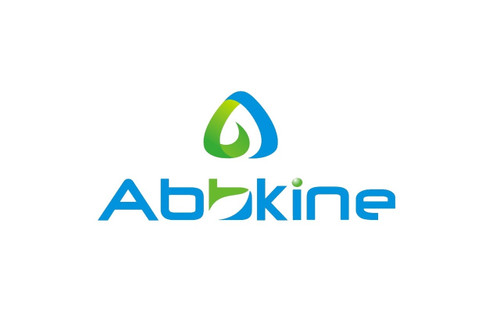Product Description
Human Signal-regulatory protein gamma (SIRPG) ELISA Kit | AE19482HU | Abebio
Species Reactivity: Human (Homo sapiens)
Abbreviation: SIRPG
Alternative Name: RP11-77C3.2; CD172g; FLJ42230; SIRP-B2; SIRPB2; SIRPgamma; bA77C3.1; CD172g antigen|OTTHUMP00000185041|SIRP beta 2|signal-regulatory protein beta 2
Application: ELISA
Range: 0.156-10 ng/mL
Sensitivity: 0.067 ng/mL
Intra-Assay: ≤7.2%
Inter-Assay: ≤10.7%
Recovery: 1, 05
Sample Type: Serum, Plasma, Other biological fluids
Detection Method: Sandwich
Analysis Method : Quantitive
Test Principale: This assay employs a two-site sandwich ELISA to quantitate SIRPG in samples. An antibody specific for SIRPG has been pre-coated onto a microplate. Standards and samples are pipetted into the wells and anySIRPG present is bound by the immobilized antibody. After removing any unbound substances, a biotin-conjugated antibody specific for SIRPG is added to the wells. After washing, Streptavidin conjugated Horseradish Peroxidase (HRP) is added to the wells. Following a wash to remove any unbound avidin-enzyme reagent, a substrate solution is added to the wells and color develops in proportion to the amount of SIRPG bound in the initial step. The color development is stopped and the intensity of the color is measured.
Product Overview: Signal-regulatory protein gamma is a protein encoded by this gene is a member of the signal-regulatory protein (SIRP) family, and also belongs to the immunoglobulin superfamily. SIRP family members are receptor-type transmembrane glycoproteins known to be involved in the negative regulation of receptor tyrosine kinase-coupled signaling processes. Alternatively spliced transcript variants encoding different isoforms have been described. The 354-amino acid protein shares approximately 75% sequence identity with SIRPB1. It possesses a putative signal sequence, a long extracellular domain, a transmembrane region, a short intracellular domain, and no catalytic domain. RT-PCR analysis detected expression of SIRPG at varying levels in all tissues tested.
Stability: The stability of ELISA kit is determined by the loss rate of activity. The loss rate of this kit is less than 5% within the expiration date under appropriate storage condition. The loss rate was determined by accelerated thermal degradation test. Keep the kit at 37°C for 4 and 7 days, and compare O.D.values of the kit kept at 37°C with that of at recommended temperature. (referring from China Biological Products Standard, which was calculated by the Arrhenius equation. For ELISA kit, 4 days storage at 37°C can be considered as 6 months at 2 - 8°C, which means 7 days at 37°C equaling 12 months at 2 - 8°C) .
 Euro
Euro
 USD
USD
 British Pound
British Pound
 NULL
NULL








